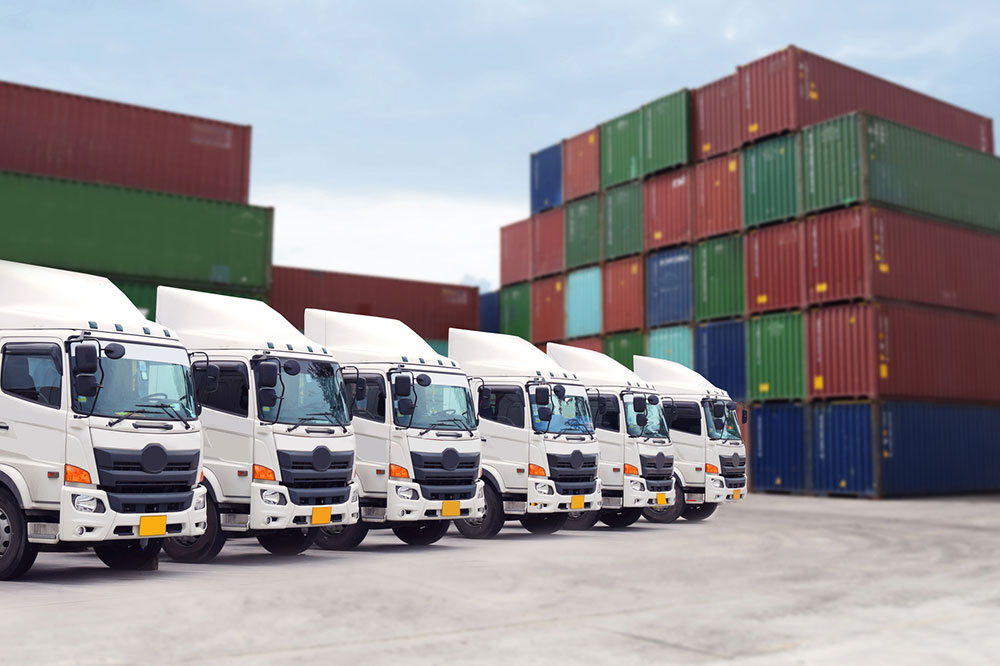Ultimate Guide to Freight Transportation: Key Benefits, Challenges, and Essential Strategies
This comprehensive guide explores the essentials of freight transportation, including methods, advantages, challenges, and strategic tips. It emphasizes how businesses can optimize logistics, ensure safe and timely deliveries, and manage costs effectively in a competitive global market.

Freight transportation plays a crucial role in global trade and commerce, enabling the movement of goods across regions via various modes such as air, sea, and land. This comprehensive guide delves into the different methods of freight shipping—including intermodal, less-than-truckload (LTL), and full truckload (FTL)—and explores the vehicles used, such as ships, trains, and trucks, each suited for specific types of cargo. Understanding the core advantages of freight transportation, along with its challenges and strategic considerations, is essential for businesses aiming to optimize their supply chain operations.
At its core, freight transportation offers reliable and timely delivery of goods, making it indispensable for companies that need to meet customer demands and maintain competitiveness. Cost-effectiveness is achieved through careful carrier selection and mode optimization, ensuring shipments are secure, punctual, and within budget. Profitability and operational efficiency hinge on a clear understanding of transportation modes, shipment sizes, and the variables influencing costs, such as route distance, regulations, and handling requirements.
Different freight modes cater to various cargo volumes and shipment needs. Less-than-truckload (LTL) shipping is ideal for medium-sized shipments, offering flexibility and cost savings by combining multiple shipments into a single vehicle. Full truckload (FTL) shipping is preferred for large-volume consignments, providing direct routes and reduced handling time, which enhances safety and reduces the risk of damage. Additionally, air freight is favored for urgent shipments, while maritime shipping suits heavy or bulky goods transported over long distances.
Understanding freight classification is vital for cost management. Shipments are categorized based on factors like weight, density, volume, and value—each influencing pricing structures. Transporting high-value or sensitive items often necessitates specialized handling and secure containers, increasing costs but ensuring safety and compliance.
Despite these advantages, freight transportation faces numerous challenges. Administrative tasks such as documentation, customs clearance, and compliance with international regulations require careful management. Tracking shipments in real-time ensures transparency and allows proactive problem resolution. Finding the most competitive rates involves strategic relationships with carriers, negotiation skills, and leveraging freight management technologies.
Efficiency in freight logistics is achieved through the integration of advanced tracking systems, optimized routing, and strategic partnerships. Businesses that prioritize safety, reliability, and cost efficiency in their freight operations can reduce delays, minimize expenses, and boost customer satisfaction. Proper planning, attentive documentation processes, and technology adoption are essential for navigating complexities associated with freight shipping.
In conclusion, effective freight transportation is fundamental for global business success. It requires a deep understanding of transportation modes, cost factors, regulatory landscape, and strategic planning. By leveraging these insights and continuously optimizing logistics processes, companies can ensure their goods reach destinations promptly, safely, and economically, maintaining a competitive edge in a dynamic marketplace.





